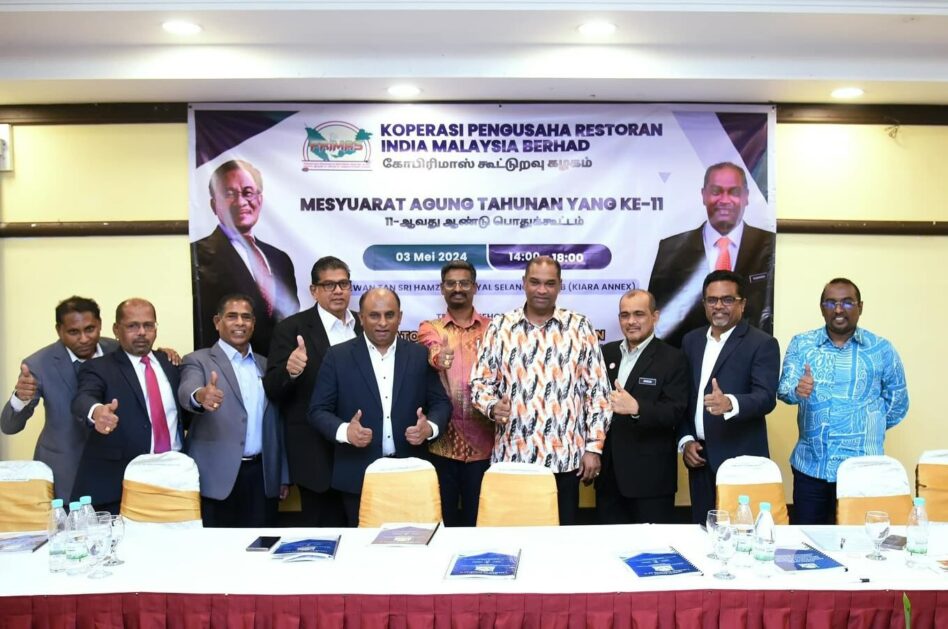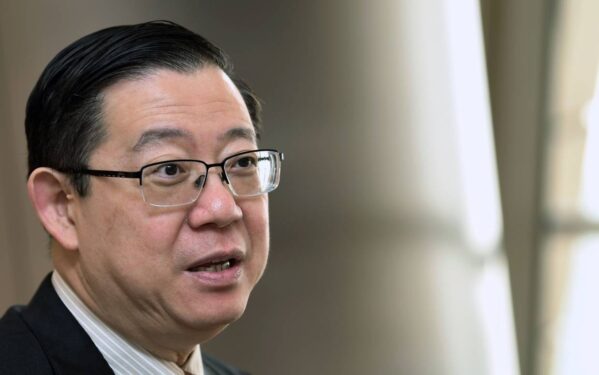AS one of the most important materials in the world, rubber offers a wide range of applications from heavy engineering down to small and intricate electronic products.
The contraction of consumer products has made a great impact on manufacturers to push their limits in research and development (R&D) as well as in advance failure and material analysis.
With Malaysia renowned as among the world’s top three rubber producers, the adoption of graphene applications would be a boon for the Malaysian rubber industry.
The wonder material could significantly provide growth impetus to the downstream development of the rubber industry, according to MIMOS Bhd’s senior staff researcher Dr Lee Hing Wah.
A one-atom thick layer of carbon atoms arranged in a hexagonal lattice, graphene is commonly known as the “wonder material” due to its superior properties.
Being the thinnest compound known to man, graphene is harder than diamonds and 200 times stronger than the strongest steel. It is also renowned as one of the best heat and electrical conductors at room temperature, impermeable to gases while being transparent, highly flexible and even stretchable.

R&D efforts on graphene
Lee explained that graphene can be used in printed technology, wearables technology, flexible electronics applications, and even in other fields, thus giving opportunities for small medium enterprises (SMEs) to venture into new market segments.
“Renowned as the ‘wonder material’, graphene can be commercially manufactured in two ways by either the chemical vapour deposition (CVD) or liquid phase exfoliation (LPE) methods.
“The methods used will be determined by its application in the different types of industries.
“For instance, the CVD process produces a high-quality graphene which is pristine and applicable for the electrical and electronic (E&E) industries,” he told FocusM on the sidelines of the recent MIMOS webinar entitled Transforming Rubber Industry through Advanced Analysis Techniques & Graphene Application.
In terms of graphene research, Lee and his team has developed pristine monolayer graphene on substrates which could be up to an eight-inch silicon wafer or catalyst wafer. This CVD process is more suitable for electronics-based research applications to meet their high-quality requirements.
Another interesting property of graphene that MIMOS is keen to explore is its electrical properties which are 100 times more conductive than silicone due to its high electron mobility.
Being very light, transparent and one million times thinner than a human hair, graphene has the fastest thermal conduction in the world.
At the same time, MIMOS has also developed its own functionalised liquid-based graphene materials because most of its collaborators are in the E&E sector.
“In our pursuit to capitalise on the amazing properties of graphene, we have also developed different types of graphene using nano-material, silver, copper or any other metals, and conductive ink that can be used for ink-jet printing to serve different types of applications and market,” he enthused.
“We have developed different types of transparent graphene for functionalised material such as metal or polymer. By using the ink-jet technology, we are able to develop sensors, anti-static coating and anti-microbe coatings.”
The elastic strength and flexibility of graphene are ideal for wide ranging applications in the rubber industry, including consumer-based industries from tyres, condoms, sports and fitness footwear to medical, healthcare, wellness, antibacterial gloves and reusable face masks.
To further advance graphene-enabled future applications, Lee opined that MIMOS would be targeting the Internet of Things (IoT) and consumer-based segments for sensor devices, healthcare, wearables, and a slew of everyday applications.

Power of engineering science
Meanwhile, prominent engineering science expert and well-versed researcher, Prof Dr Cheong Kuan Yew from Universiti Sains Malaysia, outlined the importance of R&D, engineering design and characterisation, problem identification, failure analysis, eco-system of characterisation and solutions to achieve success.
In his presentation entitled Bridging Industrial Issues & Applications with Engineering Knowledge, Cheong said that every step of problem solving should be based on evidences and fundamental science with the attitude of arriving at the optimal solution.
To successfully resolve industrial issues and applications, it is pertinent to employ hard-core engineering science philosophy of technical knowledge, intuition, logical thinking and professionalism (ethics) with eight core factors related to engineering materials namely structure, process, performance, property, scale, sustainability, economic and characterisation.
Elaborating on failure analysis, Cheong said it should be based on the characterisation of materials and the selection of the right platform.
The first step includes obtaining the data application technique with the objective to use a particular method to solve a problem, while consultation input and selection of appropriate tools play critical roles.
Interpretation of data and selection of correct techniques and tools are also vital for the analysis.
“Data evidence will lead to the appropriate solution through a generalisation approach in the selection of tools from an engineering perspective,” he pointed out. “Teamwork is equally pertinent together with the interpretation of data to attain the right or optimal solution.” – Nov 28, 2020










